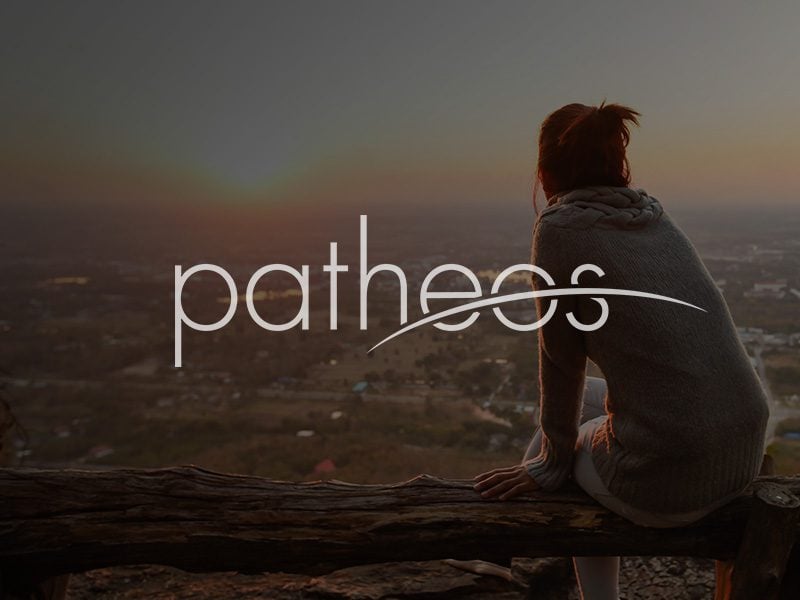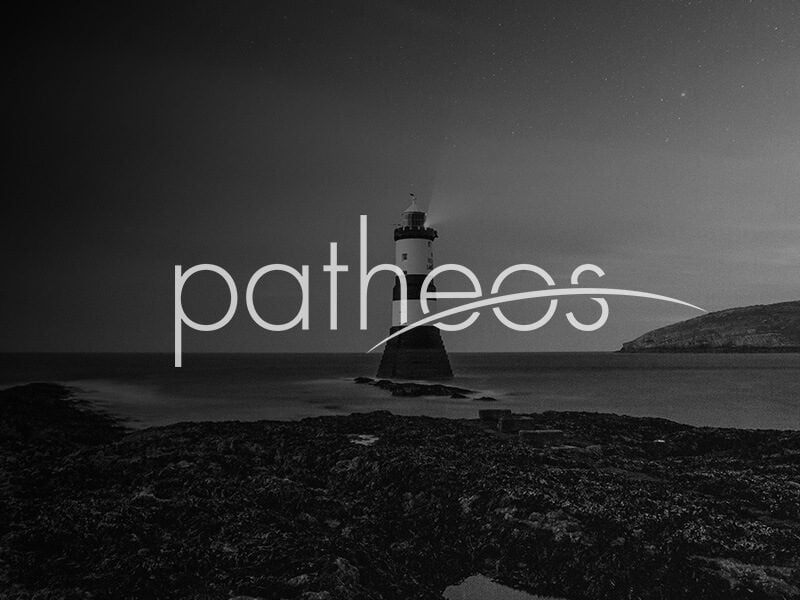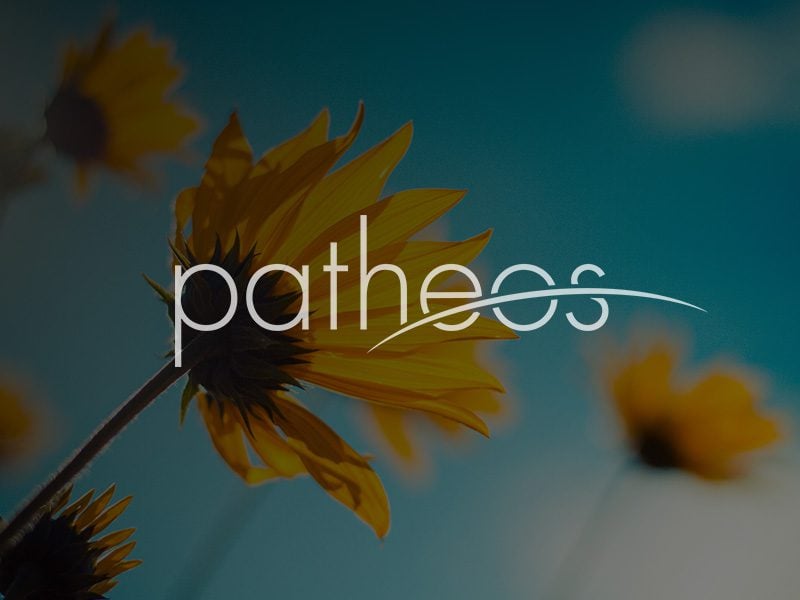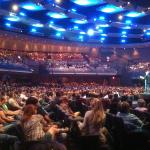John van Engen argues in a 1986 article that the romanticized “legend of the Christian Middle Ages” doesn’t hold up to historical scrutiny. Until the Reformation and counter-Reformation, Europe was only superficially Christianized, full of paganism and quasi-pagan “residuals” from pre-Christian cultures. Besides, the vision of a unified, deeply Christian Middle Ages is the vision of the Christian elites, those who could write. In place of the Christian Middle Ages, historians like Gabriel Le Bras and Jacques Le Goff have... Read more




















